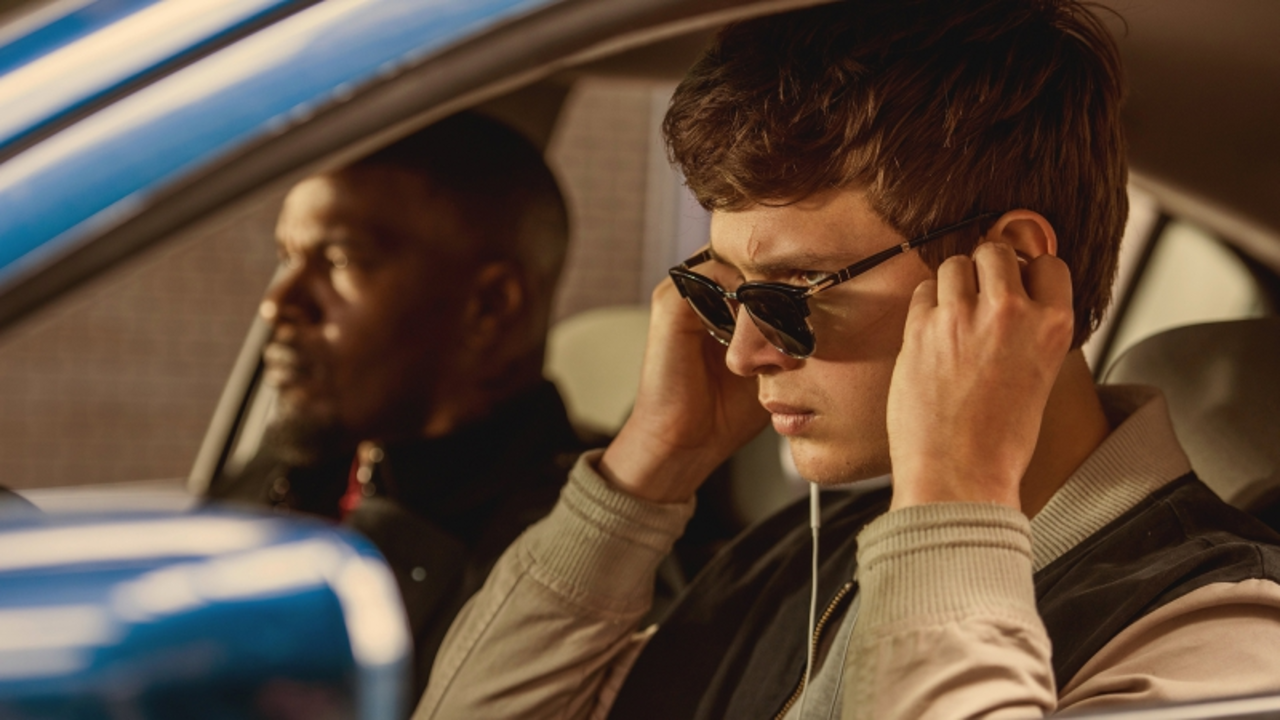The Intriguing Connection Between Cars, Sunglasses and Cinema
When we think about cars, sunglasses and cinema, they might seem like three separate entities with little in common. However, in the world of fashion, advertising and pop culture, these three elements often intersect in fascinating ways. In the iconic car chase scenes of Hollywood, the sharp-suited protagonist often sports a pair of stylish sunglasses, driving a sleek car. These images have become so ingrained in our minds that we often associate sunglasses and cars with a certain sense of style, luxury and adventure that is often portrayed in the movies.
The Role of Cars in Cinema
The automobile has been a pivotal element in the cinema world since its inception. Cars have been used as a symbol of status, power, freedom, and personality. From James Bond's Aston Martin to Dominic Toretto's Dodge Charger in Fast and Furious, cars have been used to convey the characters' identities and their position in the story. The car chase has become a staple in action films, showcasing not just the vehicle's speed and agility but also the driver's skill and daring.
Sunglasses: The Ultimate Cinema Accessory
Sunglasses have long been a crucial part of the movie star's wardrobe. They add an air of mystery, coolness, and even power to the character. Think about Tom Cruise in Top Gun, Audrey Hepburn in Breakfast at Tiffany's or Keanu Reeves in The Matrix. Their sunglasses became an integral part of their character, making them look cooler and more enigmatic. In many ways, sunglasses in cinema have become a symbol of rebellion, freedom and a nonchalant attitude.
Product Placement: Cars and Sunglasses
Product placement has been a part of the film industry for decades. Brands pay hefty amounts to get their products featured in popular movies to reach a global audience. Cars and sunglasses are no exception. From Ray-Ban in Top Gun to Audi in Iron Man, these placements not only generate sales for the brands but also create iconic cinematic moments that audiences remember for years.
How Cinema Influences Car and Sunglasses Sales
Cinema has a significant influence on the sales of cars and sunglasses. When a popular actor is seen driving a specific car model or wearing a particular brand of sunglasses, it often leads to increased demand and sales. Movies have the power to make certain cars and sunglasses brands more desirable and popular among consumers.
Iconic Movie Cars and Sunglasses
There are many iconic movies that feature memorable car and sunglasses combinations. From Steve McQueen's Persol sunglasses and Ford Mustang in Bullitt to Ryan Gosling's aviator sunglasses and Chevy Impala in Drive, these combinations have left a lasting impression on audiences and have become symbolic of the characters and the movies themselves.
Future Trends: Electric Cars and Smart Glasses in Cinema
As technology advances, we are likely to see a shift in the type of cars and sunglasses featured in movies. Electric cars and smart glasses, which are becoming more mainstream, could start to make more appearances in cinema, reflecting our changing society and technological progression.
Marketing Strategies: Leveraging Cinema for Car and Sunglasses Brands
Car and sunglasses brands often leverage cinema as part of their marketing strategies. By associating their products with popular movies and actors, these brands can reach a wider audience and boost their image. This type of marketing can be incredibly effective, as it taps into the emotional connection that audiences have with movies and their characters.
Conclusion: The Enduring Relationship Between Cars, Sunglasses and Cinema
In conclusion, cars and sunglasses have a long and intertwined history with cinema. They have not only been integral to the storytelling process but have also influenced consumer behavior and trends. As we move forward, it will be interesting to see how this relationship evolves with the advancement of technology and changing consumer preferences.
